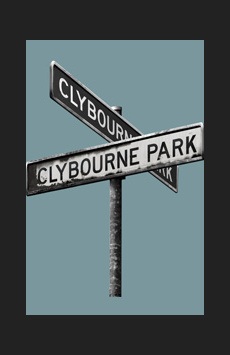
Clybourne Park Videos
Who are the people in your neighborhood? In 1959, a white family moves out. In 2009, a white family moves in. In the intervening years, change overtakes a neighborhood, along with attitudes, inhabitants, and property values. Loosely inspired by Lorraine Hansberry's A Raisin in the Sun, Bruce Norris' pitch-black comedy takes on the specter of gentrification in our communities, leaving no stone unturned in the process.
